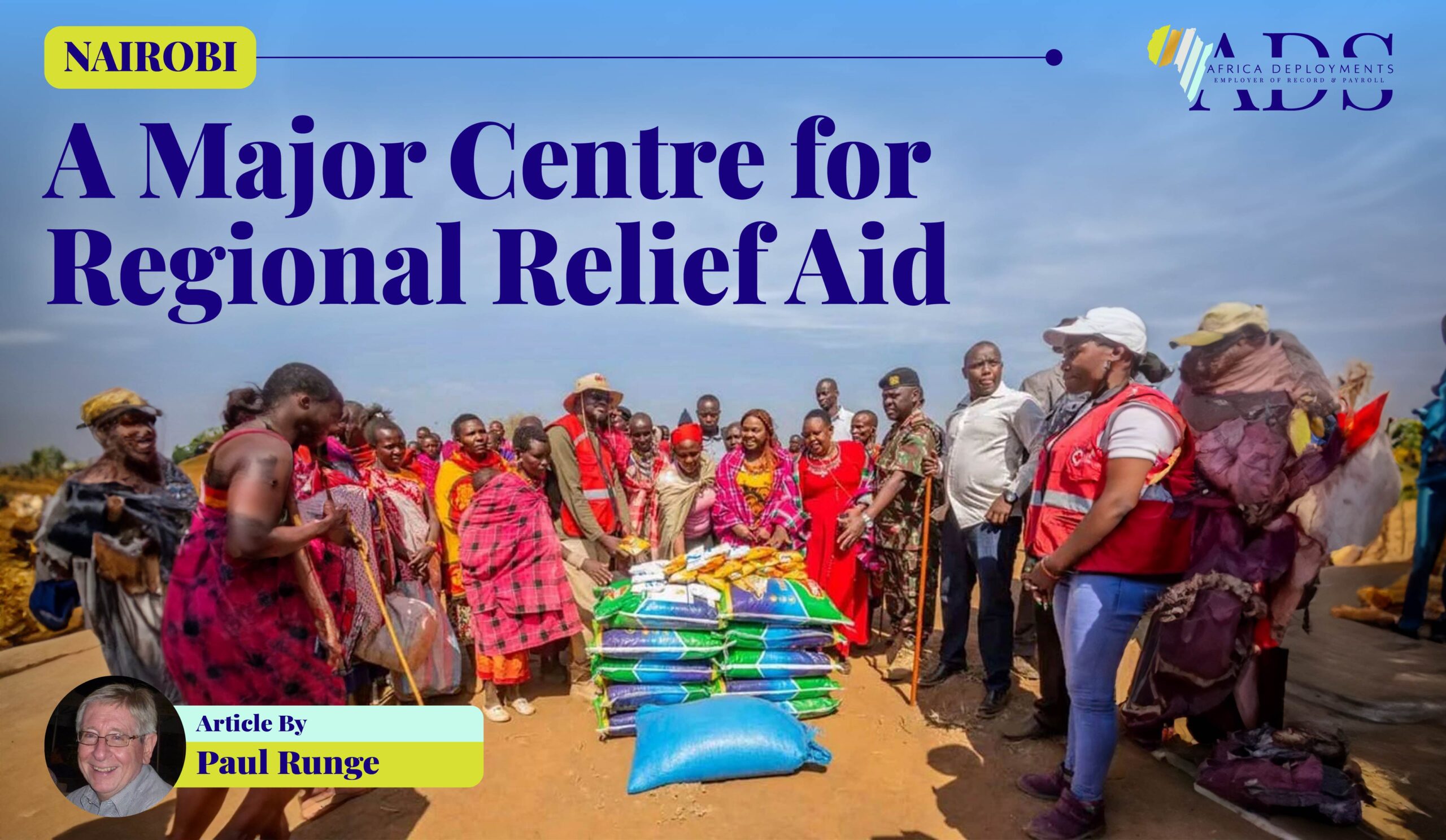
Kenya Prepares to Become a Global Leader in Geothermal Power Production
The Great Rift Valley of Eastern Africa and its Geothermal Endowment
The eastern African rift valley system is about 6 400 kilometres long and averages 60 kilometres in width. It runs along two branches. The western branch comprises Rwanda, Burundi, DR Congo, southern Tanzania, Malawi, Mozambique and Zambia, while the eastern branch extends across Djibouti, Ethiopia, Eritrea, Kenya and northern Tanzania.
The valley was formed hundreds of thousands of years ago when volcanic activity caused two tectonic plates to begin splitting apart. Volcanoes in the rift include Mount Kilimanjaro. A long string of lakes (Lake Victoria, Lake Tanganyika and Lake Malawi among them) were formed when water was diverted from the rift’s northern section. Volcanic activity created hot rocks deep inside the earth.
The slow decay of radio-active particles within the rocks continues to generate heat. In the areas bordering the plates, the heat rises closer to the earth’s surface making these underground ‘heat pockets’ accessible for use in generating ‘geothermal’ electricity.
Geothermal power is classified as a renewable energy source. It has a major advantage over solar and wind in that it supplies constant power. It offers numerous other advantages, such as cost-efficiency, low maintenance and greater safety. Geothermal power also generates more jobs per installed megawatt than other renewable sources, and is relatively easy to harness for industrial and domestic use.
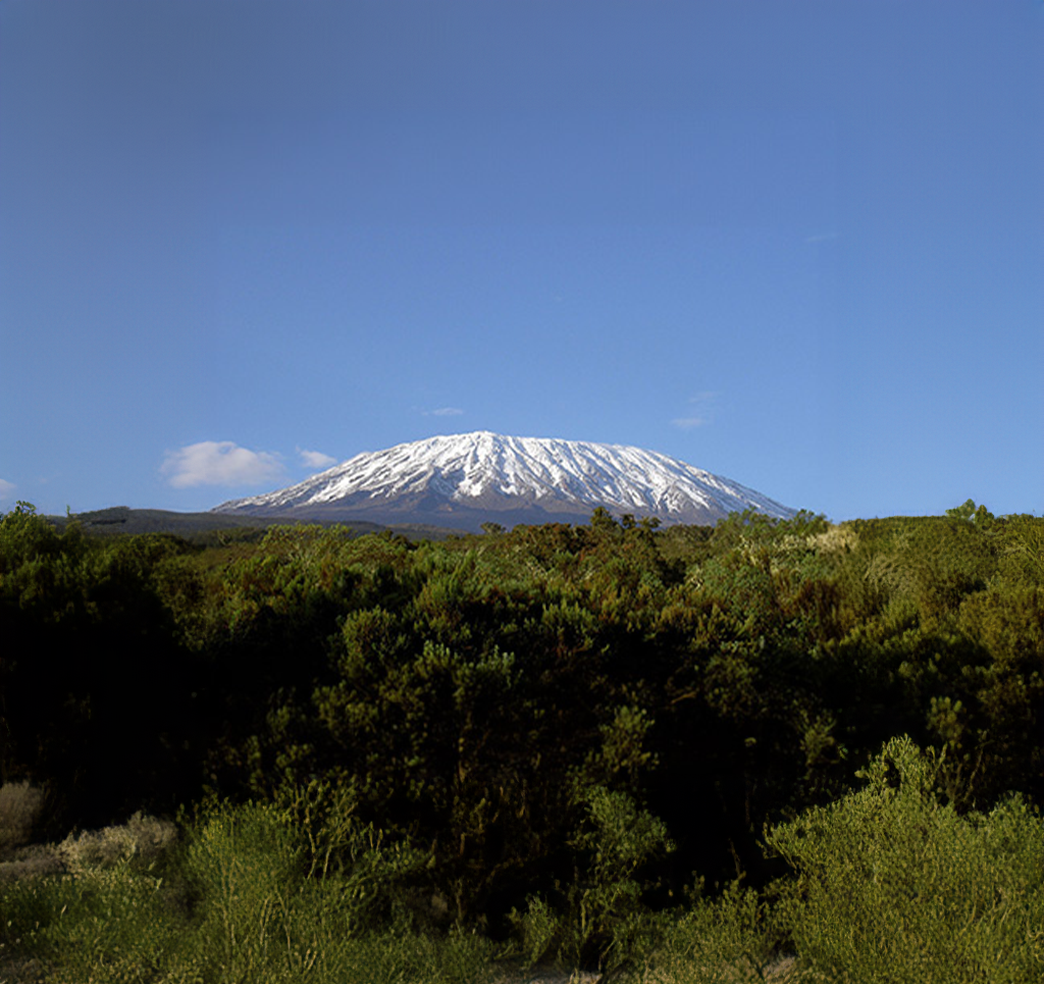
My visit to the Olkaria geothermal area and Hells Gate National Park
Around 2003, I was in Nairobi preparing another business mission to Kenya. I had completed my work early on a Sunday morning and had the rest of the day to entertain myself. I phoned my driver and asked him if it was possible to make a quick ‘in and out’ day visit to the Olkaria area which is where Kenya’s major geothermal source is located. James confirmed that the visit was possible, as it was only about one hundred kilometres from the city.
Some two hours later, we entered Hells Gate National Park where the Kenya Electricity Generating Company (KenGen) runs five geothermal power stations. It was an area of peaks of hardened lava and narrow gorges cut between steep, rocky cliffs. In the distance, white spurts of steam shot out from the bush. Our time was limited, so we quickly took a path down one of the gorges. James and I felt the heat of the streams dribbling down the cliff wall. James assured me that if we’d had more time, he could have taken me to a hot water pool and we could have seen a few buck and zebras.
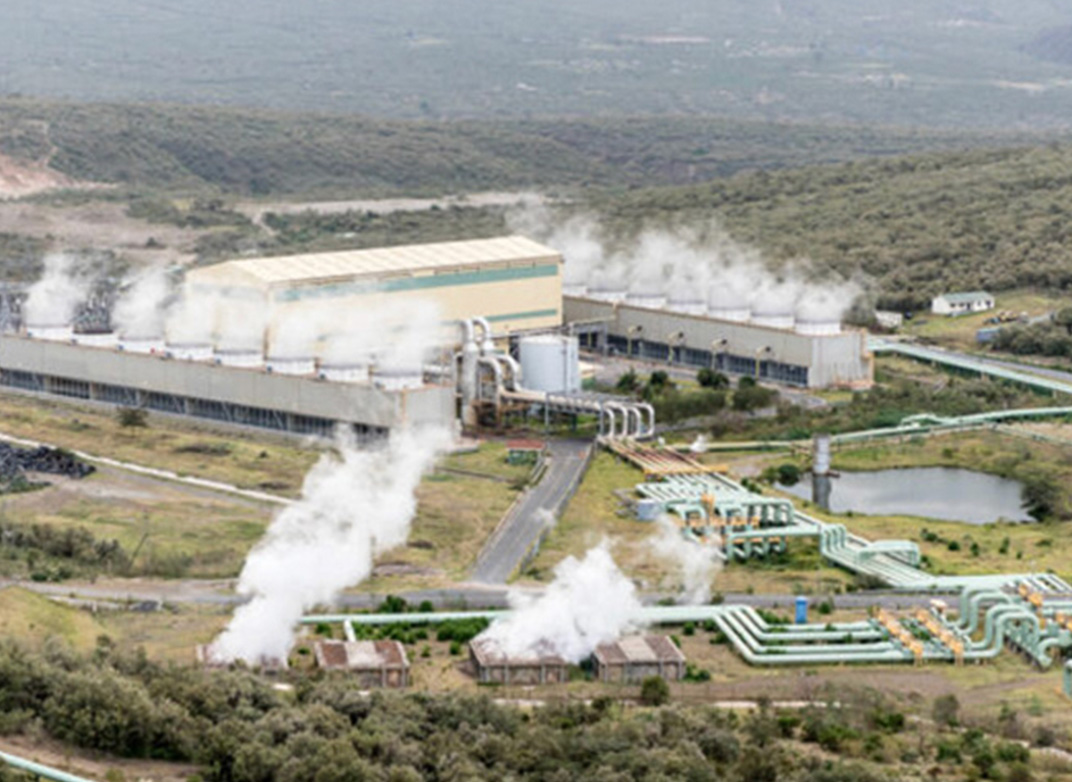
Kenya, Africa’s leader in geothermal
Kenya and Ethiopia are the only rift valley countries to have made substantial use of their geothermal resource. Kenya is far ahead of its neighbour, and is the world’s eighth largest user of geothermal power. Its current installed geothermal capacity is 892 MW, but the Kenya Vision 2030 programme provides for 5 530 MW of geothermal power (or 51% of total power generation capacity.) Analysts report that the country’s geothermal potential is between 7 000 and 10 000 MW from 14 prospective sites.
Kenya’s power utilities, KenGen and the state distributor, the Kenya Power and Lighting Company (KPLC), are particularly active in geothermal development. KenGen is planning its 80-140 MW Olkaria VII project in Hells Gate. KPLC is further involved in a number of power purchase agreements (PPA’s) with private independent power producers.
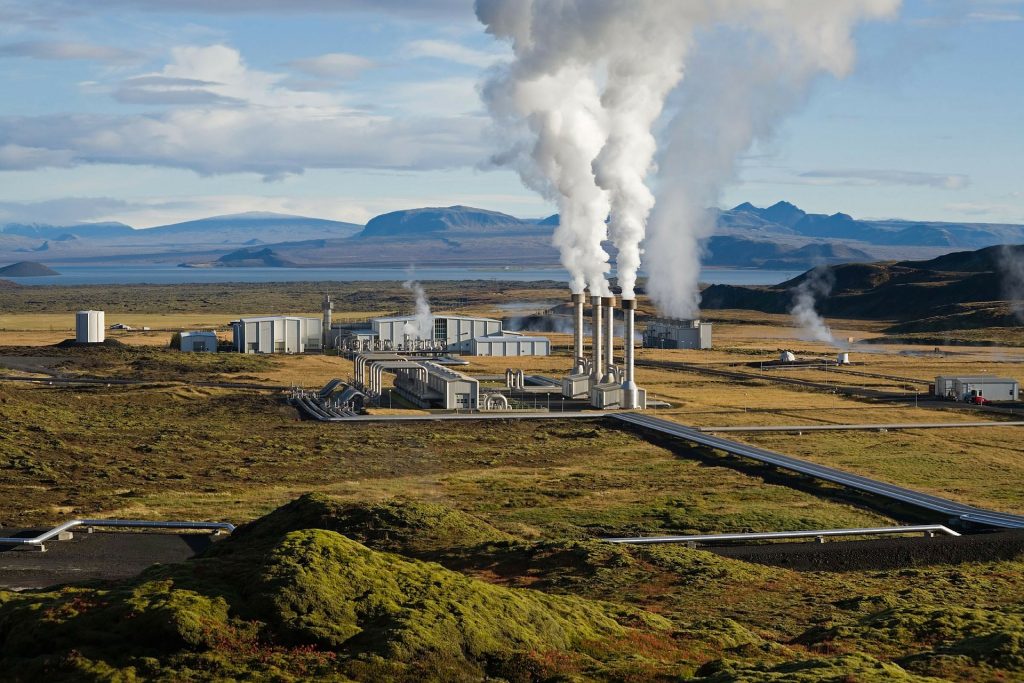
Greater private sector participation
The state utility, KenGen, has been responsible for most of the country’s geothermal stations. However, the Kenyan government has been active in securing private sector participation, and a number of private projects have been developed and are emerging.
In 2008, the state established the fully government-owned, specialised Geothermal Development Company (GDC), to prospect, drill, harness and sell geothermal power. The utility is mandated to partner with private companies.
The major independent power company, Globeleq recently announced that it had reached financial close on its US$ 117 million Menengai geothermal project in Nakuru County. Globeleq is partnering with the GDC in accordance with a 25-year project implementation and supply agreement.
The 330 MW Suswa geothermal power plant near Nairobi is in its early planning stage. The project was proposed by CYRQ Energy of the USA, which undertook the feasibility studies and is collaborating with the GDC.
The 139 MW Olkaria III geothermal project was developed by Ormat Technologies of the USA, and has a power purchase agreement with KPLC.

And much donor support for the region and the Kenyan power sector
The donors are showing strong interest in investing in East African renewable projects. Iceland and New Zealand have strong geothermal experience. Iceland is a partner and co-financier of the United Nations Environment Programme’s African Rift Geothermal Development Facility Project. New Zealand’s Africa Geothermal Facility has been allocated a budget of NZ$ 10 million over the next five years. The European Investment Bank has announced an investment of US$ 95 million in the region.
There is much focus on Kenya. The World Bank has committed to help ensure the provision of affordable, clean energy to the Kenyan population. The donor-supported Climate Investment Funds have allocated funding to Kenya under the Scaling Up of Renewable Energy Programme in Low Income Countries.
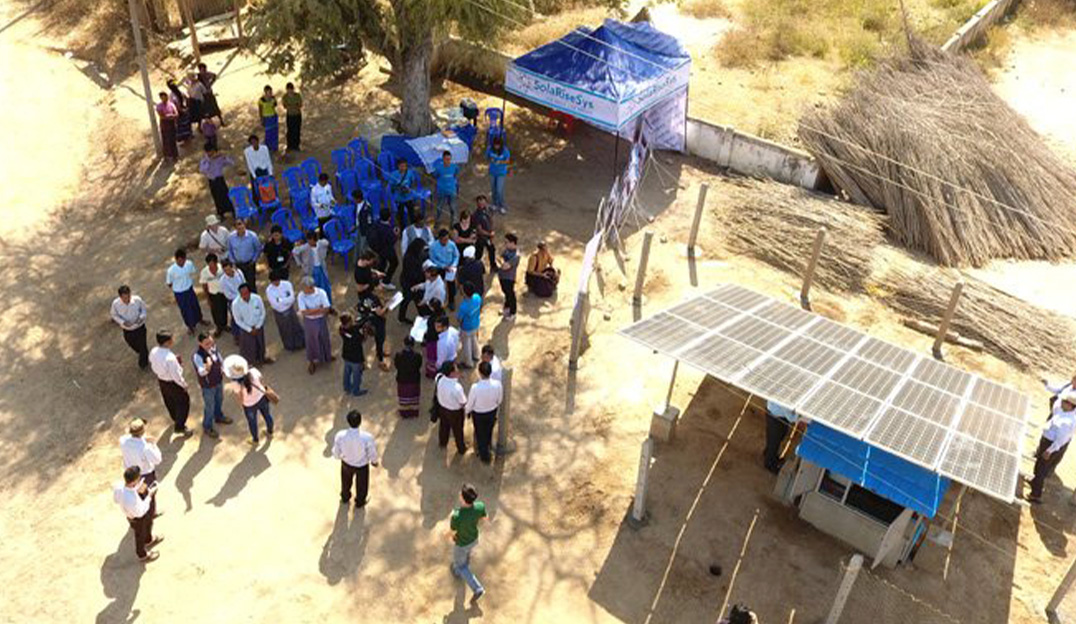
Kenya’s plans for a green energy future
Kenya wishes to expand its national grid to 100 Gigawatts by 2040, and ensure that the system is 100% renewable. Geothermal power will feature strongly in its full transition to renewables. At the recent COP28 United Nations conference, Kenya signed seven project agreements worth US$ 4,48 billion, including a geothermal generation plant.
Analysts estimate that once Kenya’s planned geothermal projects are completed, the country could rise to become the world’s fourth geothermal power user. It is on track to become a true global geothermal powerhouse!




